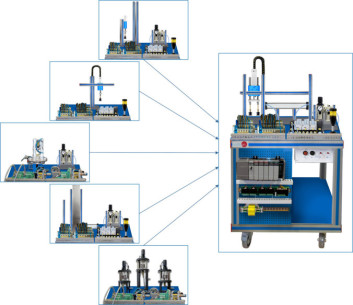Introduction to Automation with PLCs Industrial automation has revolutionized how companies manage their production processes, increasing efficiency,...
Great news! The Honorable Prime Minister of Egypt, Dr. Mostafa Madbouly, has inaugurated new laboratories at the Egypt University of Informatics (EUI), equipped with EDIBON technology.
At EDIBON, we are committed to strengthening skills as a strategic pillar for the competitiveness and social well-being of the European Union. Proper training not only boosts the economy but also enables individuals to fully participate in society and democracy.
 Cookies首选项
Cookies首选项












